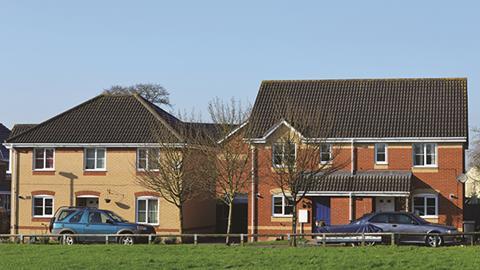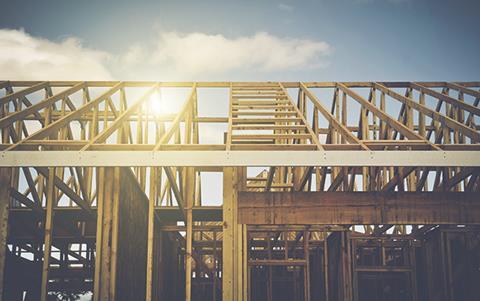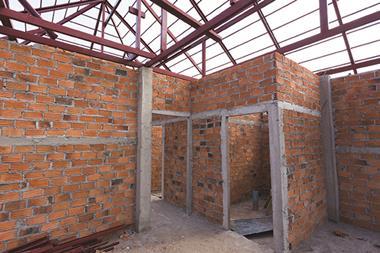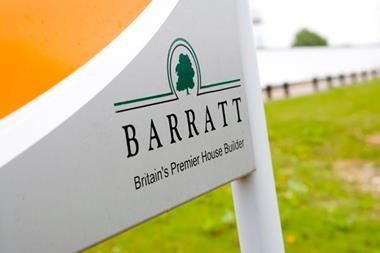“Underwhelming” is what most of the property industry seems to be saying about the housing white paper.

The trouble is, if you hype these things up - as the government has done over the past six months - and there aren’t any glitzy firecrackers when you finally open the box, people are bound to be disappointed.
It’s a decent enough effort, but much of its content, as exemplified by its worthy chapter headings - planning for the right homes in the right places, building homes faster, diversifying the market, helping people now - has been talked about endlessly and the white paper says nothing really new.
Reading between the lines, there is a welcome recognition that providing people with a decent and affordable home is a greater priority than home ownership per se - a clear difference between this Tory government and its predecessor.
But on its own, will DCLG secretary Sajid Javid’s effort address Britain’s chronic affordable housing shortage? I very much doubt it.

In London, where affordability is the key issue, you have to ask whether it will double delivery, because that’s the challenge. We should be building 60,000 homes a year in the capital and we have struggled to get to half that for decades.
So every year, the housing crisis in the capital gets worse. Brexit doesn’t improve the situation either.
There are no doubt many ‘leave’ voters who are disappointed the coaches aren’t already queueing up in Peterborough, Boston or Bradford to take all the migrants back to where they came from; but in reality, taking control of our borders can’t and won’t mean closing them.
Growth forecasts
In any event, the calculations around London’s soaring population don’t assume more migration. Growth forecasts are principally based on higher-than-previous birth rates among the current generation and old codgers like me not dying quickly enough.
So we need a more radical solution and buried away in the white paper might just be the germ of the big idea.

I have long believed that as long as public land had to be disposed of at current market value, the only people building affordable homes would be developers.
That surely has to change, and paragraph 1.27 says “we will also consult on extending [authorities’] flexibility to dispose of land at less than best consideration and welcome views on what additional powers or capacity they need to play a more active role in assembling land for development”.
At the moment, getting the government to agree to a sale of land at under market value is extremely difficult for any local authority and it is encouraging that the white paper is suggesting the system ought to be eased.
Identifying land
I have a much more radical proposal. The government should establish a National Homes Agency with powers to identify surplus public land and acquire it not at open market value but at current use value, which almost by definition would be next to nothing.
The agency would procure construction in the open market - including from smaller housebuilders on smaller sites and using modular construction techniques wherever appropriate - to deliver homes with a capital cost, even in London, of no more than £250/sq ft.
These homes would be available at truly affordable rents, which would still throw off a yield of 2% to 3% underpinned by inflation. Managed by registered social landlords - including those who dare to make a profit - they would have the additional virtue of requiring no further public subsidy.
Instead of the full value of the surplus, land being taken by this generation would create a real asset, the benefit of which would be passed to our children and our grandchildren.

Mrs May has talked of a more interventionist role for government in helping the ‘just about managings’. My generation born after the Second World War, the so-called baby boomers, were often homeowners in our 20s. We enjoyed final salary workplace pensions that simply don’t exist for this generation.
I can’t think of a better way of helping the thousands of young people who are just about managing to find any decent place to live than using land that currently stands idle to create a benefit both they and the next generation of taxpayers will enjoy.
And if you think this too radical an idea, then answer this question: how else do we double the number of homes we currently build - and how can the market on its own deliver the step-change? Answers on a postcard to Mr Javid, please.






























No comments yet